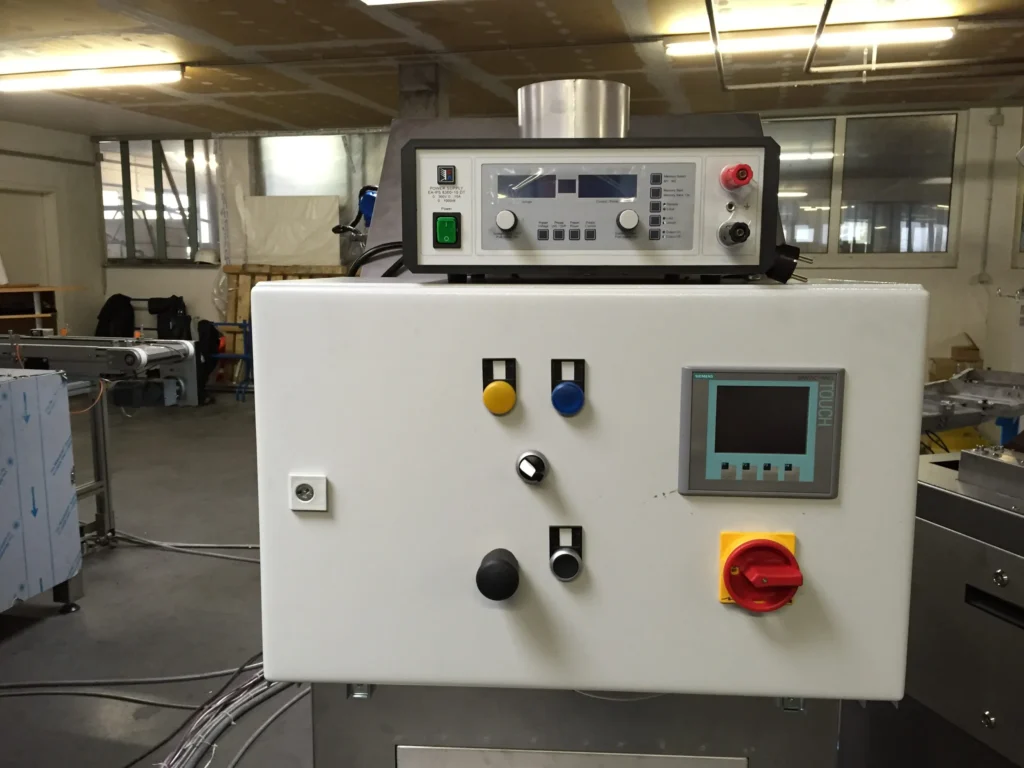The transfer switch is a low-voltage switch that switches multiple circuits. Multiple moving contacts are welded on the shaft. When the shaft rotates, the moving contacts are connected or broken with the static contacts in turn to switch the circuit. An electrical appliance that switches circuits from one set of connections to another. There are separate and integrated two types.
The transfer switch is also called the combined switch, which is different from the operation of the knife switch, and it is the plane operation of the left and right rotation. The switch has the advantages of multi-contact, multi-position, small size, reliable performance, easy operation, flexible installation, etc. It is used for the introduction switch of the power supply in the electrical control line of the machine tool, plays the role of isolating the power supply, and can also be used as a direct control switch for the small capacity asynchronous motor to start and stop infrequently. Transfer switches are also unipolar, bipolar, and tripolar.
The transfer switch is a switching appliance that can be used for the conversion of two or more power supplies or loads. The transfer switch is composed of multi-section contacts. In electrical equipment, it is used for infrequently switching on and off circuits, switching on power and load, measuring three-phase voltage, and controlling the forward and reverse rotation and star-triangle starting of small-capacity asynchronous motors. These parts are fastened together by bolts.
The switch can be used as circuit control switch, test equipment switch, motor control switch and master control switch, and the switch for welding machine. The transfer switch is generally used in AC 50HZ, voltage to 380V and below, DC voltage 220V and below circuit to convert electrical control lines and electrical measuring instruments. For example, the commonly used LW5/YH2/2 type transfer switch is often used to convert and measure three-phase voltage.

